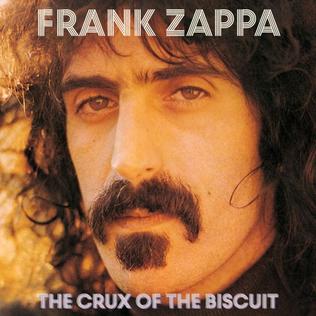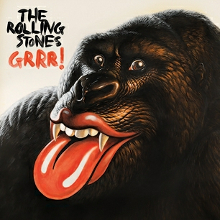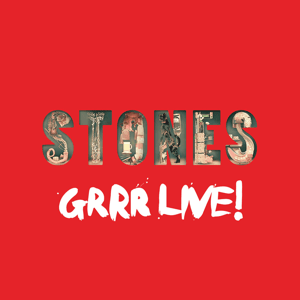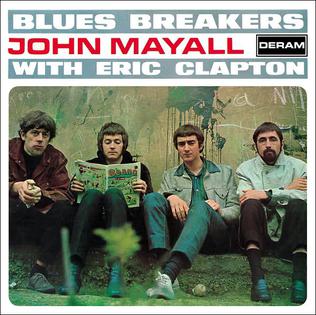Apostrophe is one of the better Zappa albums for newcomers, since it features a palatable mix of humor and proficiency, with a lot of the innuendo not becoming apparent until the umpteenth listen. The first ten minutes encompasses four tracks, strung together as a suite. “Don’t Eat The Yellow Snow” sets up the confrontation between the Eskimo and a fur trapper (“Nanook Rubs It”). The trapper runs off to “St. Alphonzo’s Pancake Breakfast”, presumably presided over by “Father O’Blivion”. Another Dr. Demento favorite, “Cosmik Debris”, finishes the side.
Side two, for the most part, highlights some pretty tasty sparring. “Excentrifugal Forz” allegedly began in the Hot Rats era, shifting wildly into the title track, a fuzzy jam with Jack Bruce and Jim Gordon. The hidden gem of the album is “Uncle Remus”, based around a terrific George Duke melody, with a compact solo and pointed lyrics about lawn jockeys. Unfortunately that splendor is overtaken by “Stink-Foot”, which is about what you think it is, complete with more wacky voices, poodle abuse, and a loping shuffle a la “Stuff Up The Cracks” for Frank to wah-wah another solo.
Apostrophe is short and sweet, not too challenging nor annoying. Since it goes by so quickly, the modern-day listener will lunge for the play button after each go-through, which is the sign of a keeper. And after wading through the morass of LPs that he’d put out since the dawn on the decade, it’s nice to have something consistent again.
Four decades later, the Zappa Family Trust released a companion disc of sorts, along the lines of the “Project/Object” explorations of Freak Out! and Ruben & The Jets. The Crux Of The Biscuit offers an early sequence for side one of the album, including longer alternate mixes of “Cosmik Debris” and “Uncle Remus”, plus different segments of what would turn into “Excentrifugal Forz”, “Apostrophe”, and “Down In De Dew”, other session excerpts, and a 20-minute live performance of the “Yellow Snow/Pancake Breakfast” suite. Again, more testimony to his skill with a razor blade. (Some of those alternates were included on the Apostrophe 50th anniversary expansion, along with the complete master of the title track, a new piano/vocal mix of “Uncle Remus”, the single mix of “Don’t Eat The Yellow Snow”, and other oddities. Four more discs offered two complete 1974 concerts, and a Blu-ray had the expected hi-res mixes as well as the original quad mix.)
Frank Zappa Apostrophe (’) (1974)—4
2024 50th Anniversary Edition: same as 1974, plus 56 extra tracks (and Blu-ray)
Frank Zappa The Crux Of The Biscuit (2016)—3½
.jpg)








